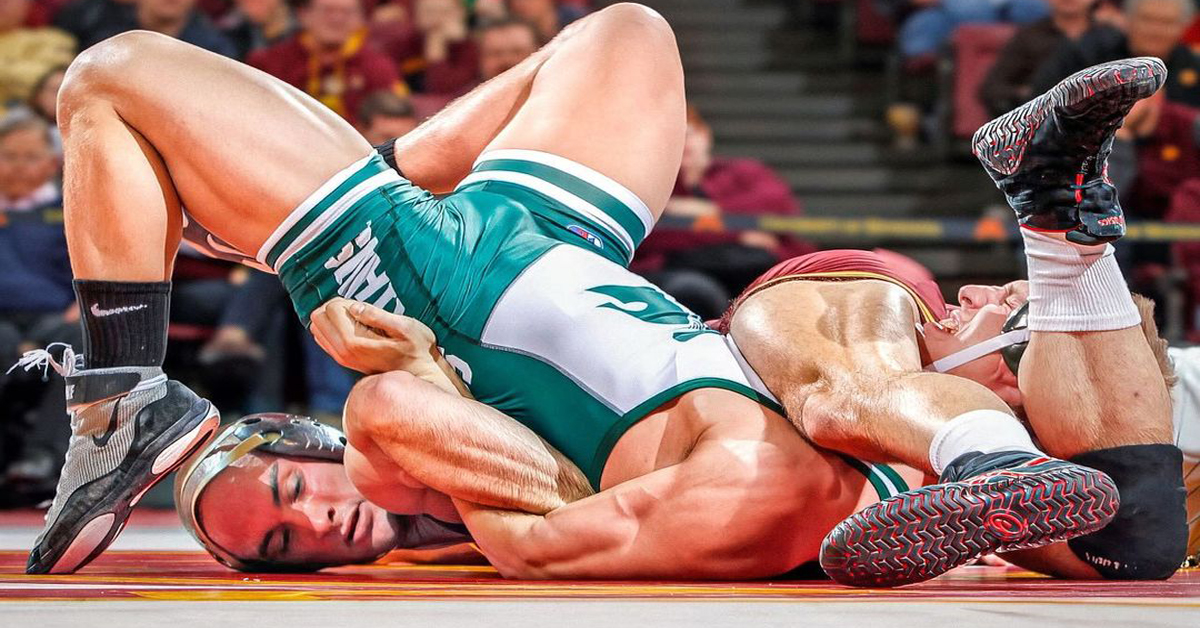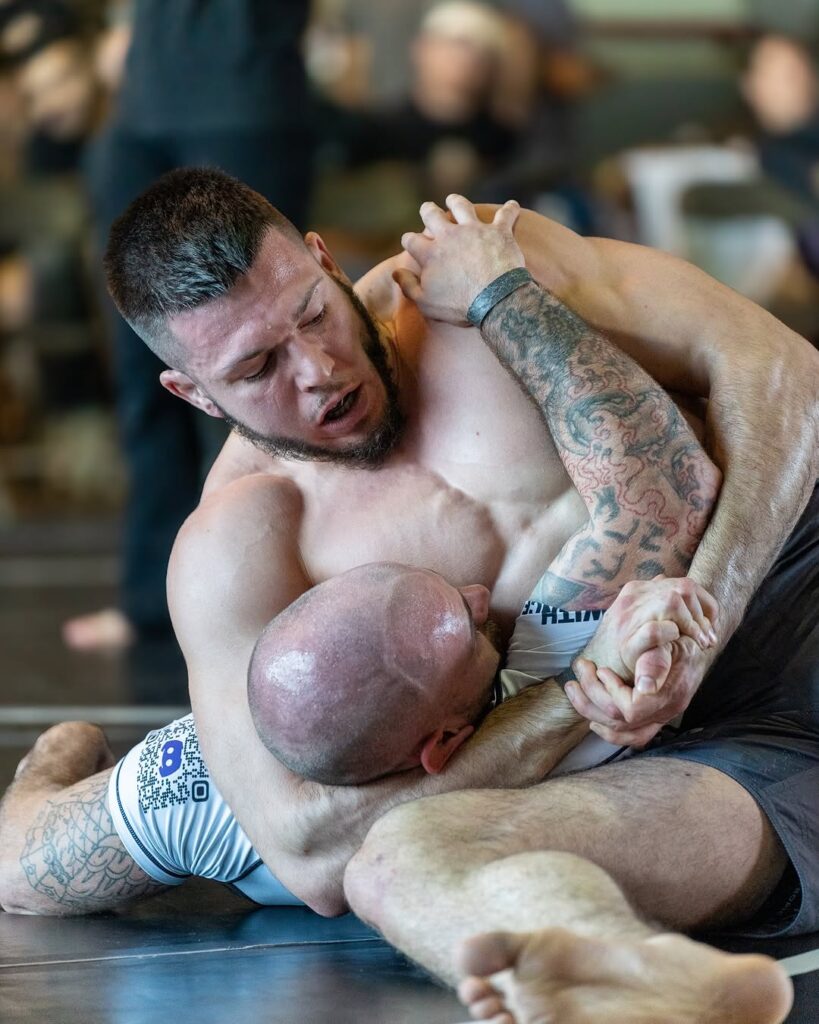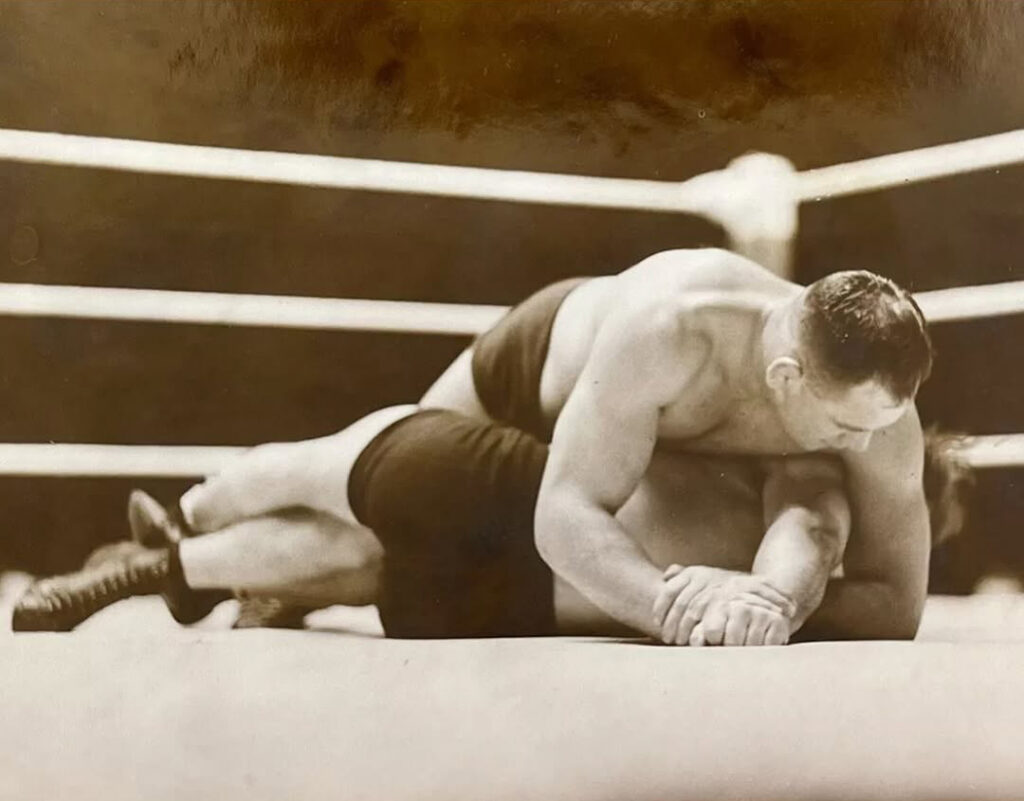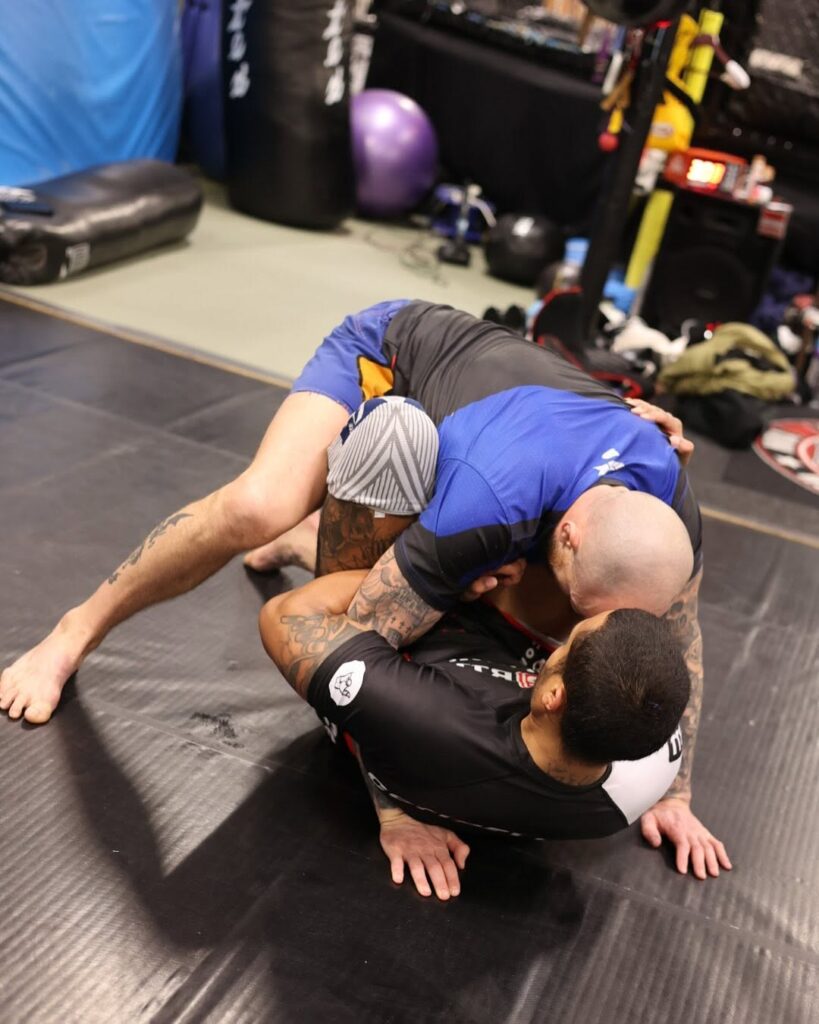Catch Wrestling: A History

Catch wrestling has an illustrious history that dates back further than modern BJJ. The history of catch-as-catch-can is full of incredible grapplers who helped shape modern combat sports.
Here is the full history of catch wrestling. Check out the rich history of this wrestling style below and see how it has influenced modern martial arts training.
What is Catch Wrestling?

Catch wrestling or “Catch-as-Catch-Can” wrestling is a hybrid grappling style that originated in England during the late 19th century. The style combines techniques from several styles of wrestling from the region, including:
- Lancashire Wrestling: A folk style of wrestling that originated in Northwest England within the county of Lancashire.
- Irish-Collar-and-Elbow: A form of jacket wrestling developed within Ireland.
- Cumberland & Westmorland Wrestling: Another historic form of folk-style wrestling practiced in the North Country.
The History of Catch Wrestling

The beginnings of catch wrestling date back to Lancashire County during the 19th century. At this time, Lancashire was known for being home to tough men who worked in the region’s mines.
Many of these Lancashire miners were well-versed wrestlers who wrestled one another after their shifts in the mines. These miners and laborers often competed against one another for wages and entertainment.
Unlike other styles of wrestling practiced, these Lancashire wrestlers adapted their own rules. Their rules allow for a broader range of holds and submissions compared to earlier folk styles.
This style of wrestling would be called “catch-as-catch-can” or later catch wrestling for short.
John Graham Chambers
Early forms of catch-as-catch-can were crude in nature and didn’t have a strict set of formal rules. Early catch wrestlers of the time would use any type of technique(even dirty techniques) to achieve victory.
That was why there was a need for formal rules for catch wrestling to be developed. The formal rules for the catch-as-catch-can style were originally developed and introduced by John Graham Chambers in 1871.
Originally, Chambers introduced the rule of “first down to lose,” however, the idea wasn’t widely supported. Instead, wrestlers would start from all fours on the ground.
Top English wrestling promoters, including J. Wannop of New Cross, began promoting this new system of wrestling. It was seen as a combining of the different English folk wrestling styles into one style.
The Cumberland and Westmorland Amateur Wrestling Society was founded, and they held their first Midsomer gathering at the Paddington Recreational Grounds. For spectators, the catch-as-catch-can principle was new, but it was seen as an advancement in the loose-hold system.
Indian Pehlwani Wrestling’s Influence
Catch wrestling’s development would also be influenced by international styles of wrestling, which included Indian Pehlwani wrestling. English wrestling champion Tom Cannon was defeated by Pehlwani wrestler Kareem Bukshduring a trip to British India in 1892.
This defeat allowed other Indian Pehlwani wrestlers, which included The Great Gama, to be invited to compete in London.
Catch Wrestling at US Carnivals
Catch became hugely popular in the United States during the late 1800s to early 1900s. Catch-as-catch-can techniques were adopted by American wrestlers who worked on various carnival circuits.
At these carnivals, these wrestlers would take open challenges from the toughest men in each town. To prepare for these challenges, these carnival wrestlers learned different “hooking techniques” that were often used within forms of catch.
The wrestlers would quickly hook the challengers and submit them in seconds. Many of these challenges were also “fixed” which would later go on to create professional wrestling.
Catch Nearly Becoming an Olympic Sport
As the 19th century began, catch wrestling was widely popular and practiced within Europe and North America. During this time, catch wrestling was set to pick an official Olympic event for the 1904 Games.
Unfortunately, catch-as-catch-can would be removed at the last minute. The inclusion of submissions was seen as a potential injury risk and made event organizers nervous.
The newly created Greco-Roman style replaced catch wrestling and became one of the world’s most popular forms of wrestling.
The Snake Pit
English wrestler Billy Riley is arguably the most influential figure in the development of catch wrestling. The Wigan, Lancashire native, was known as the best wrestler in the area during his era.
During Riley’s wrestling career, he won various wrestling titles and is often revered as the country’s best wrestler. When Billy retired from competition, he turned to coaching in his hometown of Wigan.
Riley opened the world-famous Snake Pit Catch Wrestling School. For decades, Riley helped train numerous wrestling world champions from across the world.
The best wrestlers in the world would travel to Wigan to learn directly under Riley. Everyone from Billy Robinson, Karl Gotch, and Bert Assirati all learned under the great Billy Riley at the Snake Pit.
Modern Catch Wrestling

Today, catch wrestling is still taught and practiced globally. Some of the top modern catch wrestlers include Erik Paulson, Josh Barnett, and Tony Ceccine.
The Rules of Catch Wrestling
The catch wrestling rules and guidelines listed below were taken from the official Snake-Pit-USA/ICWF website.
- Permitted Techniques: Nearly all submissions are permitted, except small joint manipulation, striking, and eye gouging
- Best of Three Match System
- 5-Min Rounds
- Ways to Win: Submission or Pin
- Five-Points System: Each competitor starts the round with 5-points. Matches will go to points if each round does not have a pin or submission.
- Ways to Lose Points: Being Thrown, pulling guard/butt scooting, or 3 passivity warnings.
Men’s Weight Classes
- Heavyweight: 200 lbs(90.7 kg) & Up
- Middleweight: 175 to 199 lbs(79 to 90.2 kg)
- Lightweight: 174 lbs and Under(78.9 kg)
Women’s Weight Classes
- Absolute/Open Weight
Does Catch Wrestling Have a Belt System
Traditionally, catch wrestling has never used a formal belt system within its teachings. However, there are some modern catch wrestling schools that may have introduced their own belt systems.
Modern Catch Wrestling Training
Modern-day catch wrestling training is very similar to the training of No-Gi Jiu-Jitsu. However, catch-as-catch-can is more heavily based in wrestling and generally permits novice students to use more advanced techniques.
Impact on Modern Combat Sports
Catch wrestling’s legacy is evident in various combat sports, which includes MMA, Sambo, and No-Gi Jiu Jitsu. Catch techniques have been highly effective within MMA, with top practitioners like Josh Barnett and Kazushi Sakuraba being revered as legends.
The effectiveness and adaptability of catch wrestling have ensured its continued practice within the world’s biggest combat sports.






